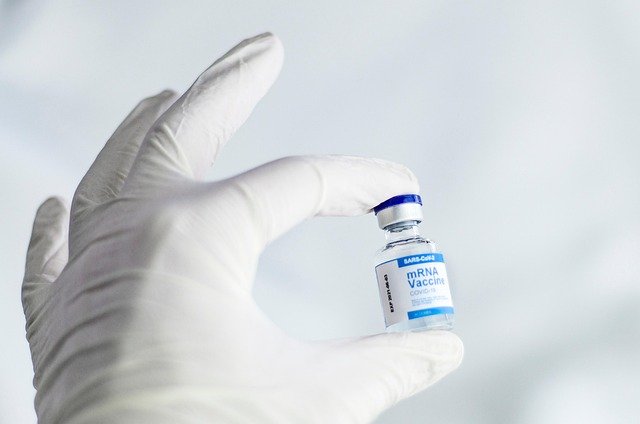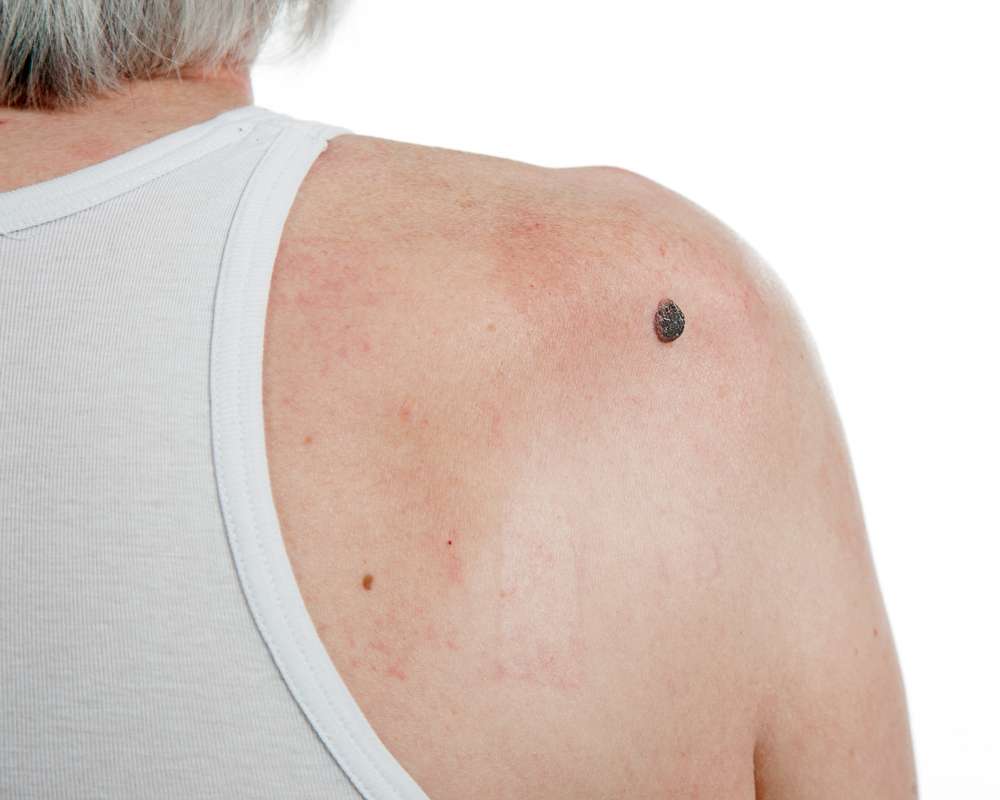How New Osteoporosis Injections Are Improving Bone Health
Osteoporosis affects millions of older adults, weakening bones and increasing fracture risk. In 2025, groundbreaking injection therapies are offering hope for stronger bones and improved quality of life. These treatments deliver convenience, enhanced effectiveness, and better outcomes for patients managing this common but serious condition.

Osteoporosis affects approximately 10 million Americans, with another 44 million at risk due to low bone density. This silent disease progressively weakens bones, making them fragile and susceptible to fractures. While oral medications have been the mainstay of treatment for decades, injectable therapies have emerged as powerful tools in the fight against bone loss. These advanced treatments offer significant benefits in terms of efficacy, compliance, and convenience, providing new options for patients who haven’t responded well to traditional therapies.
What Are Anabolic Therapies for Bone Growth?
Anabolic treatments represent a groundbreaking approach to osteoporosis management. Unlike anti-resorptive medications that primarily prevent further bone loss, anabolic agents actively stimulate new bone formation. Teriparatide and abaloparatide are injectable parathyroid hormone (PTH) analogs that work by increasing osteoblast activity—the cells responsible for building bone. These daily injections have shown remarkable results in clinical trials, increasing bone mineral density at the spine by 9-13% and reducing vertebral fracture risk by up to 65-80% within just 18-24 months of treatment.
A newer anabolic option, romosozumab, works through a different mechanism by inhibiting sclerostin, a protein that normally prevents excessive bone formation. Administered monthly, this monoclonal antibody not only stimulates bone formation but also reduces bone resorption, creating a dual effect that significantly increases bone mass. Studies have demonstrated that patients receiving romosozumab for 12 months experienced greater increases in bone mineral density compared to those taking alendronate or teriparatide.
Understanding Long-Acting Anti-Resorptive Injections
Long-acting anti-resorptive injections have transformed osteoporosis treatment by addressing one of the biggest challenges in management—patient adherence. Traditional oral bisphosphonates require strict administration protocols and can cause gastrointestinal side effects, leading to poor compliance. Injectable anti-resorptives like zoledronic acid, administered once yearly as an intravenous infusion, eliminate daily dosing concerns while providing sustained protection against bone loss.
Denosumab, another long-acting injectable, works differently by targeting RANKL (receptor activator of nuclear factor kappa-B ligand), a protein essential for osteoclast formation and function. Given as a subcutaneous injection every six months, denosumab has demonstrated superior efficacy in increasing bone mineral density compared to oral bisphosphonates. Clinical data shows it reduces the risk of vertebral fractures by 68%, hip fractures by 40%, and non-vertebral fractures by 20%. The convenience of twice-yearly dosing has significantly improved treatment persistence rates compared to daily or weekly oral medications.
How Combination Therapies for Better Outcomes Work
The complexity of bone metabolism has led researchers to explore combination approaches that target multiple pathways involved in bone remodeling. Sequential therapy—starting with an anabolic agent followed by an anti-resorptive—has emerged as a particularly effective strategy. This approach first builds new bone tissue with anabolic treatment, then preserves those gains with anti-resorptive therapy.
Clinical studies have shown that patients who received teriparatide for 12-24 months followed by denosumab maintained or even continued to increase their bone mineral density, whereas those who stopped treatment entirely experienced rapid bone loss. Similarly, patients transitioning from romosozumab to alendronate showed sustained fracture risk reduction compared to those receiving alendronate alone. These combination strategies allow for personalized treatment plans that maximize bone-building potential while providing long-term protection against fractures.
Improved Delivery Systems and Patient Convenience
Modern injectable osteoporosis treatments have benefited significantly from advances in delivery technology. Self-injection devices with retractable needles, pre-filled pens, and auto-injectors have made home administration simpler and less intimidating for patients. These user-friendly systems feature ergonomic designs with larger grips for patients with dexterity issues and clear dosing windows to ensure proper administration.
For medications requiring clinical administration, like yearly zoledronic acid infusions, improved protocols have reduced infusion times and minimized side effects. Additionally, extended dosing intervals—from daily injections to monthly, bi-annually, or even annual administration—have dramatically improved the convenience factor. This reduction in treatment burden has been particularly beneficial for elderly patients or those with multiple health conditions who may already be managing complex medication regimens.
Comparing Injectable Treatment Options
When considering injectable osteoporosis treatments, understanding the differences between available options is crucial for making informed decisions.
| Treatment | Administration | Mechanism | Benefits | Considerations |
|---|---|---|---|---|
| Teriparatide | Daily subcutaneous | Anabolic (PTH analog) | Strong bone building, 65% vertebral fracture reduction | Limited to 24 months lifetime use, refrigeration required |
| Abaloparatide | Daily subcutaneous | Anabolic (PTH analog) | 86% vertebral fracture reduction, less hypercalcemia | Limited to 24 months lifetime use |
| Romosozumab | Monthly subcutaneous | Anabolic (anti-sclerostin) | Dual action, superior BMD gains | Limited to 12 months use, cardiovascular monitoring |
| Denosumab | Every 6 months subcutaneous | Anti-resorptive (RANKL inhibitor) | No renal elimination, superior BMD increases | Requires continuity of treatment |
| Zoledronic Acid | Annual IV infusion | Anti-resorptive (bisphosphonate) | Once-yearly dosing, long persistence in bone | Requires good renal function, acute phase reaction |
Prices, rates, or cost estimates mentioned in this article are based on the latest available information but may change over time. Independent research is advised before making financial decisions.
The selection of an appropriate injectable treatment depends on numerous factors including fracture risk, previous treatments, comorbidities, and patient preferences. For high-risk patients with severe osteoporosis, anabolic agents may offer the most significant benefits initially. Meanwhile, those with moderate risk might benefit from starting with anti-resorptive therapy. Insurance coverage also plays a significant role in treatment selection, as some newer injectable therapies can be costly without adequate coverage.
Osteoporosis treatment continues to evolve with injectable therapies at the forefront of innovation. These medications have transformed the management approach from simply preventing bone loss to actively rebuilding skeletal strength. The development of longer-acting formulations and improved delivery systems has addressed many barriers to treatment adherence, while combination therapy strategies have optimized outcomes. As research advances, we can expect even more targeted and effective injectable treatments to emerge, further improving the outlook for those living with osteoporosis.
This article is for informational purposes only and should not be considered medical advice. Please consult a qualified healthcare professional for personalized guidance and treatment.




